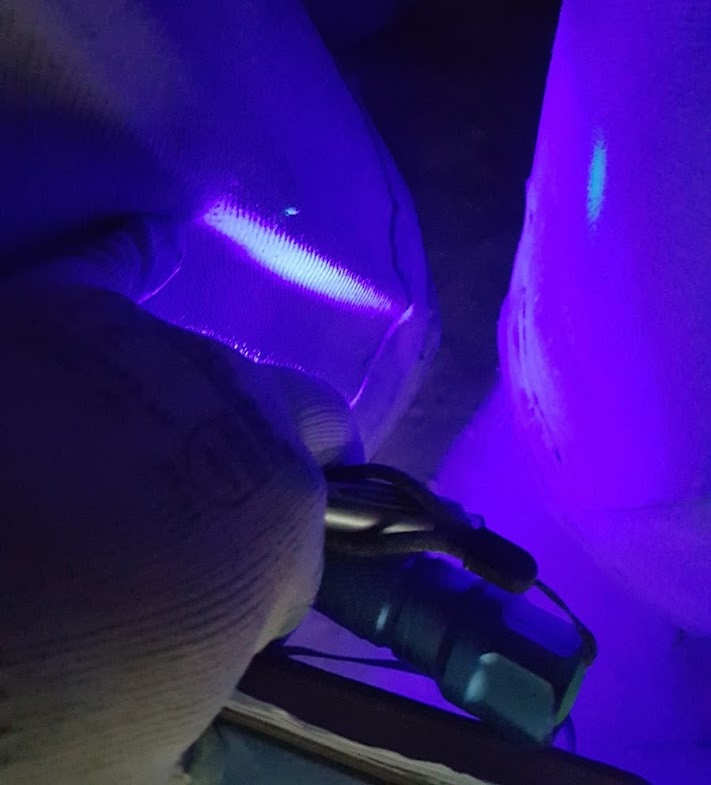A “Leak Detection Test” – or Fluorescent Dye Powder Test – is a common practice used to help facilities when encountering emissions problems. You may have already learned the hard way that a few leaking bags within your dust collector can result in an emissions increase that can impact your ability to stay in environmental compliance. Leak tests can precisely identify filter bags that have failed or uncover a breach between the dirty air and clean air plenum in your baghouse system. These are often difficult – or nearly impossible – to identify and properly locate using the naked eye. Fabric filter bag failures can come from many sources including improper bag fit, spark holes, abrasion, thermal excursions, or chemical conditions in the gas stream, to name a few sources.
Learn about 10 Tips for Leak Detection Testing below and why Leak Detection Testing is a critical part of a Baghouse Preventative Maintenance Program.

